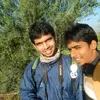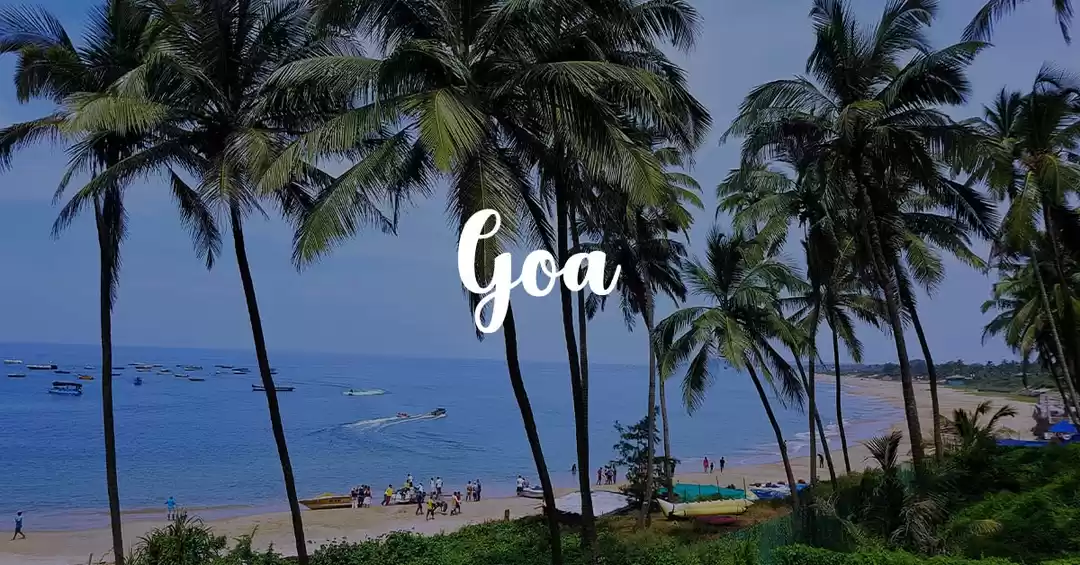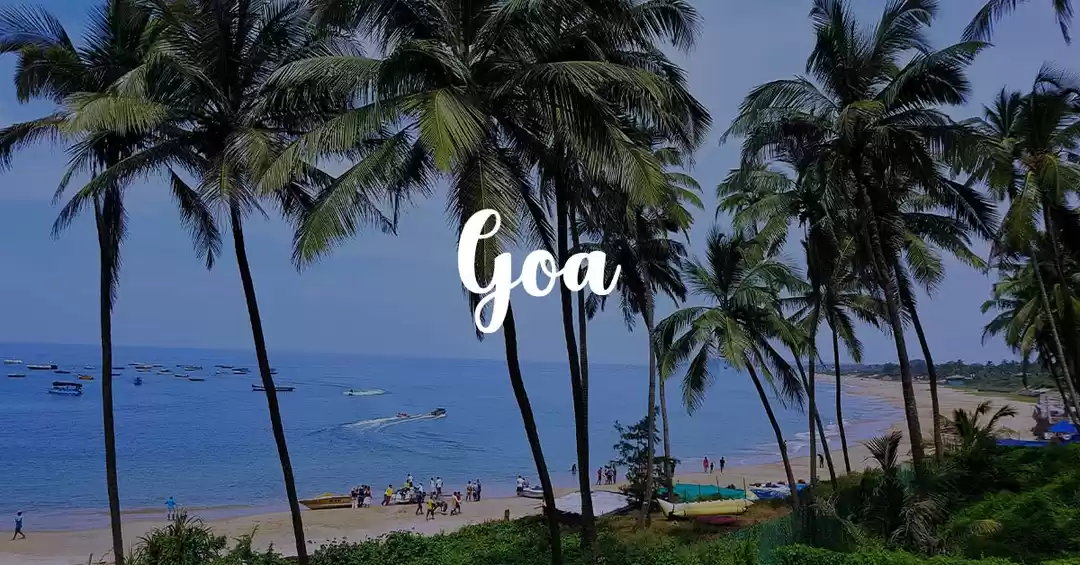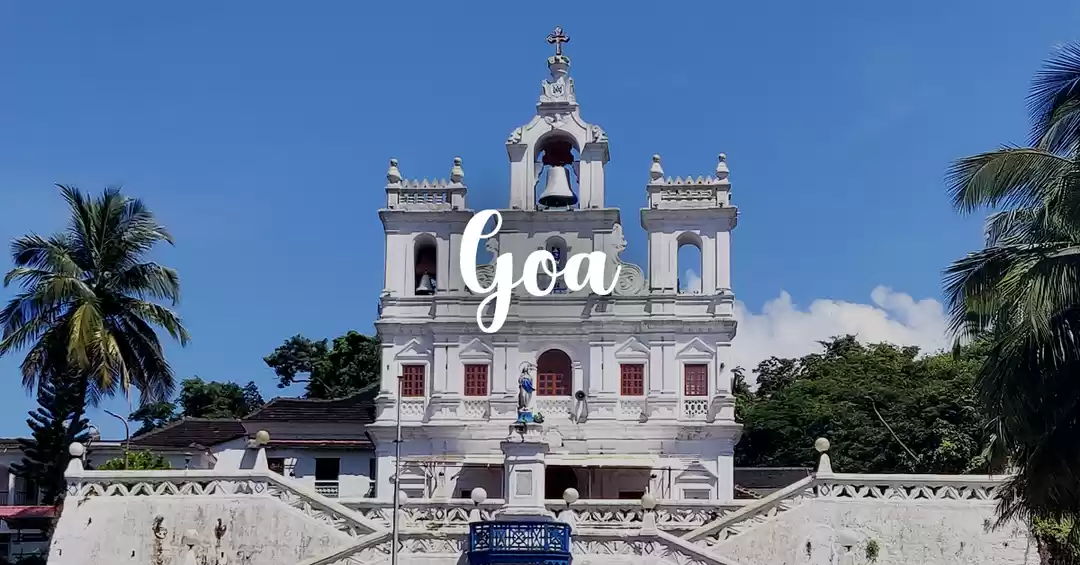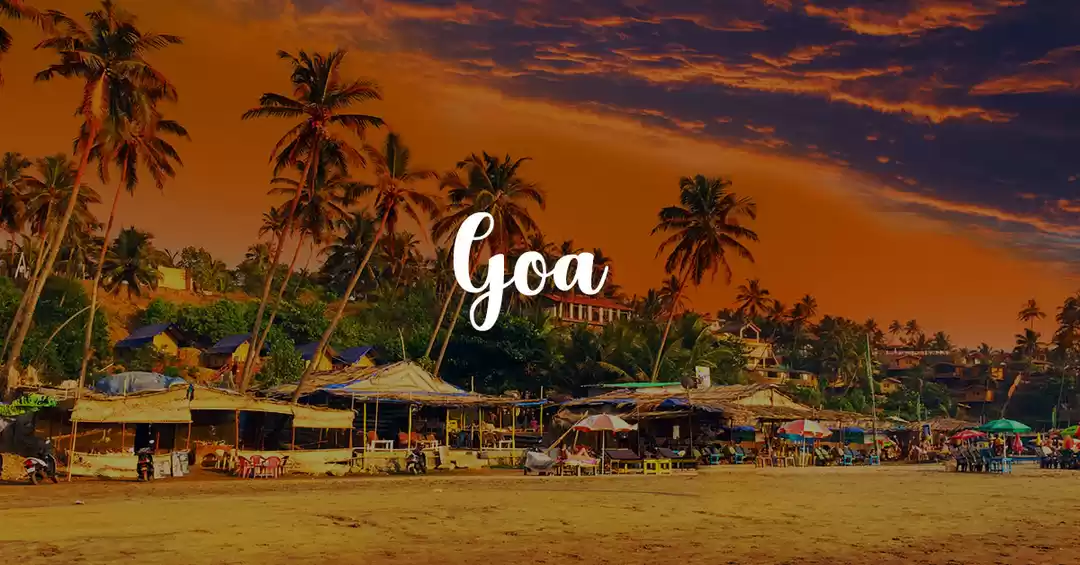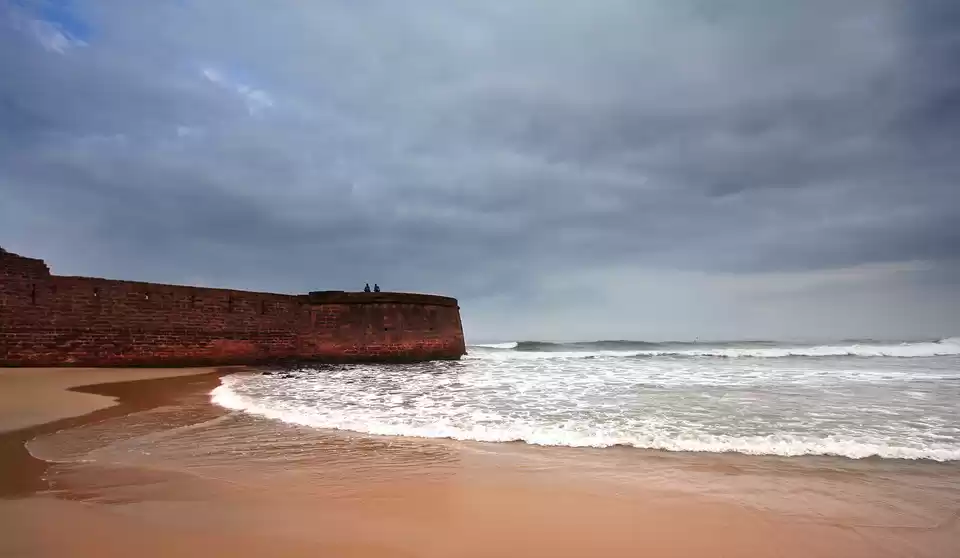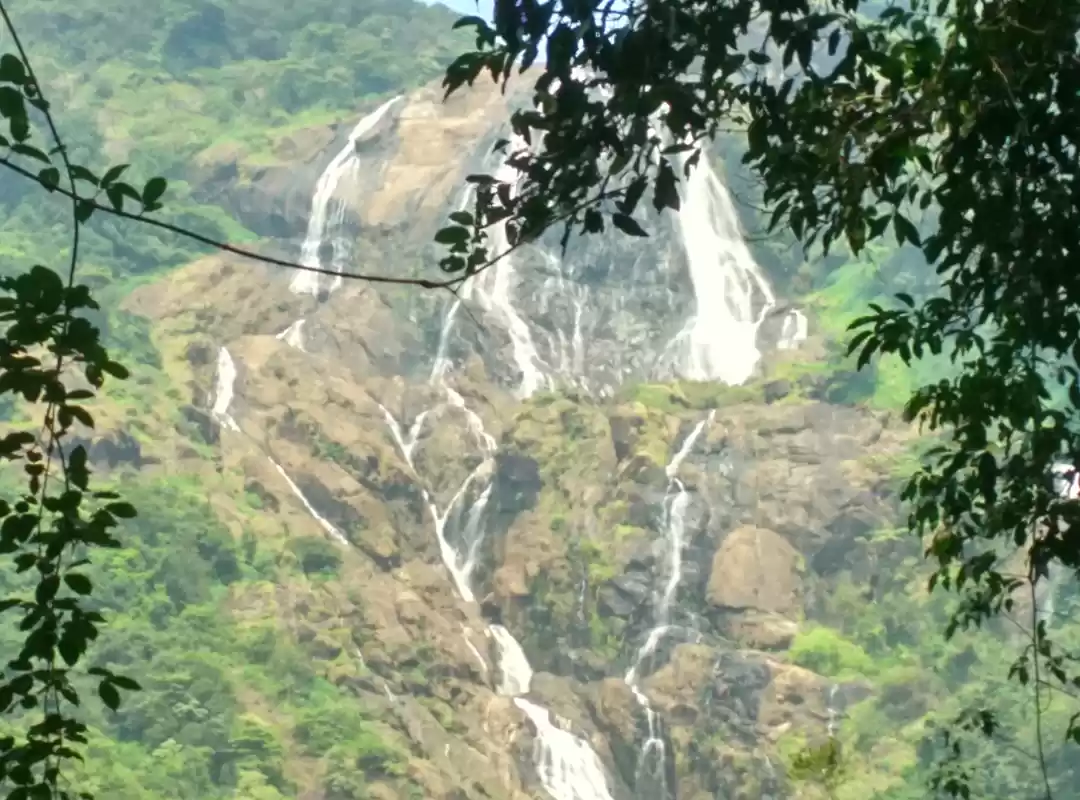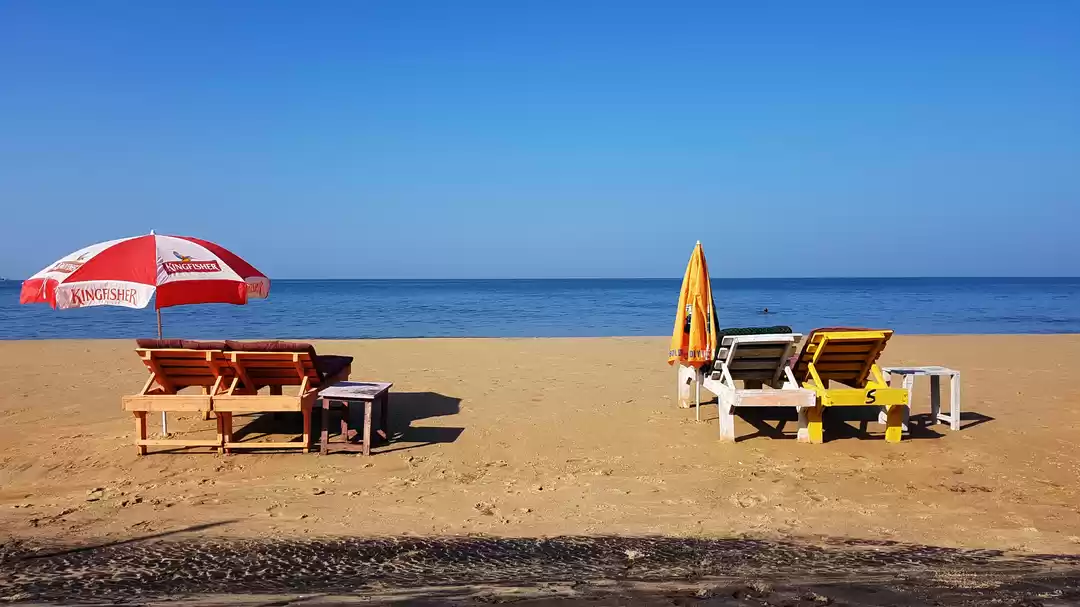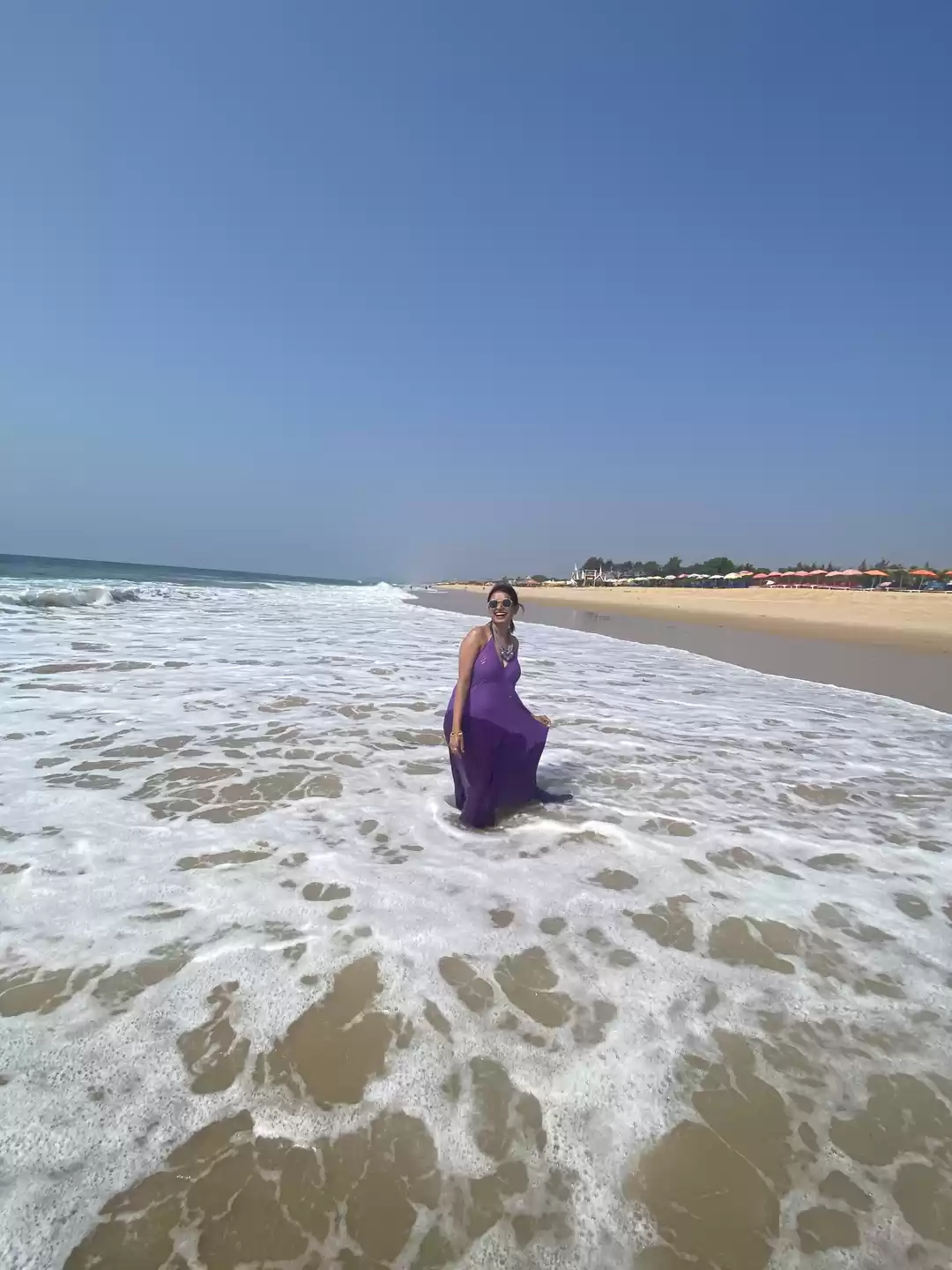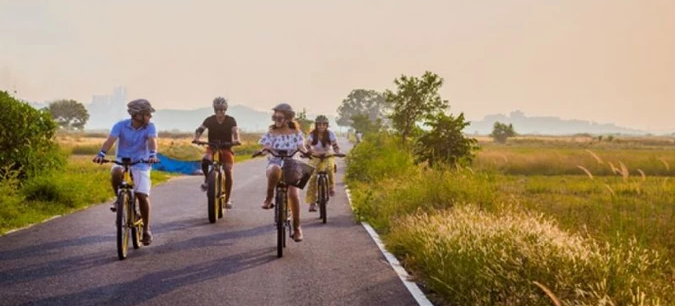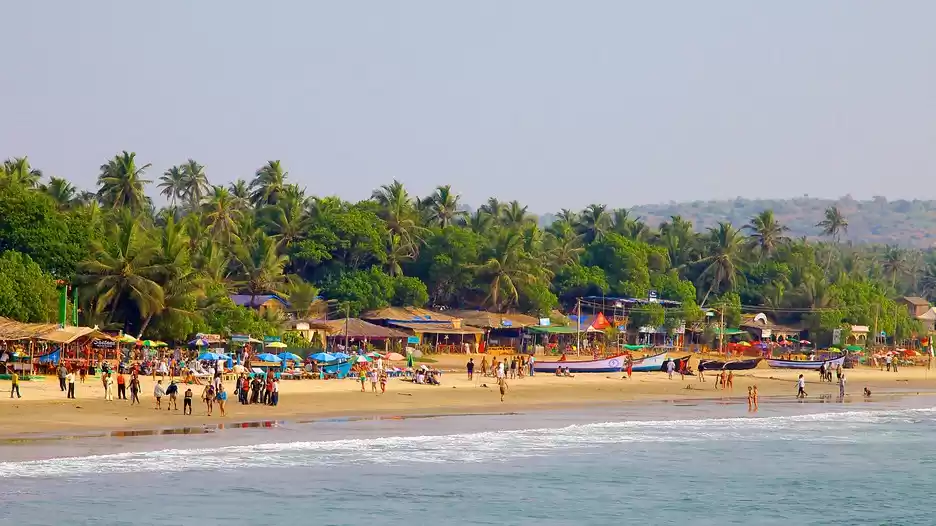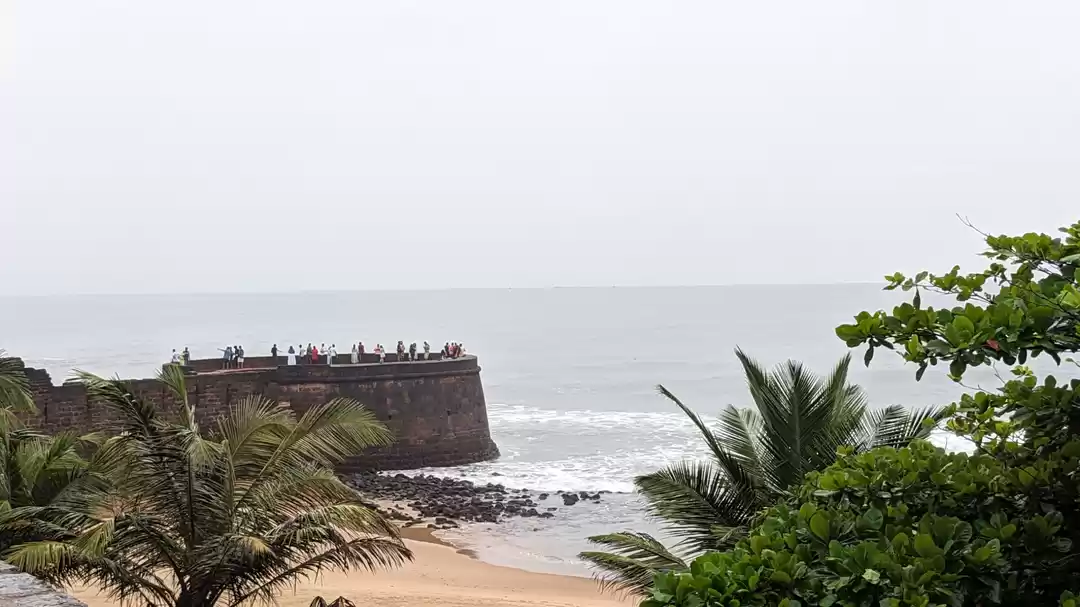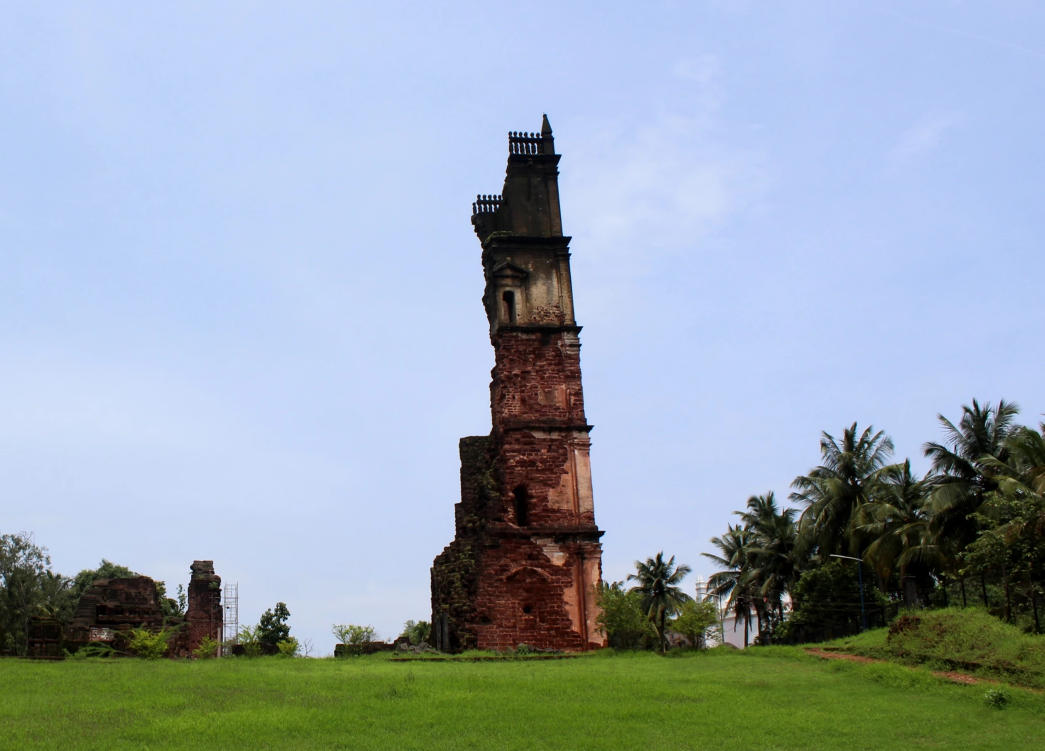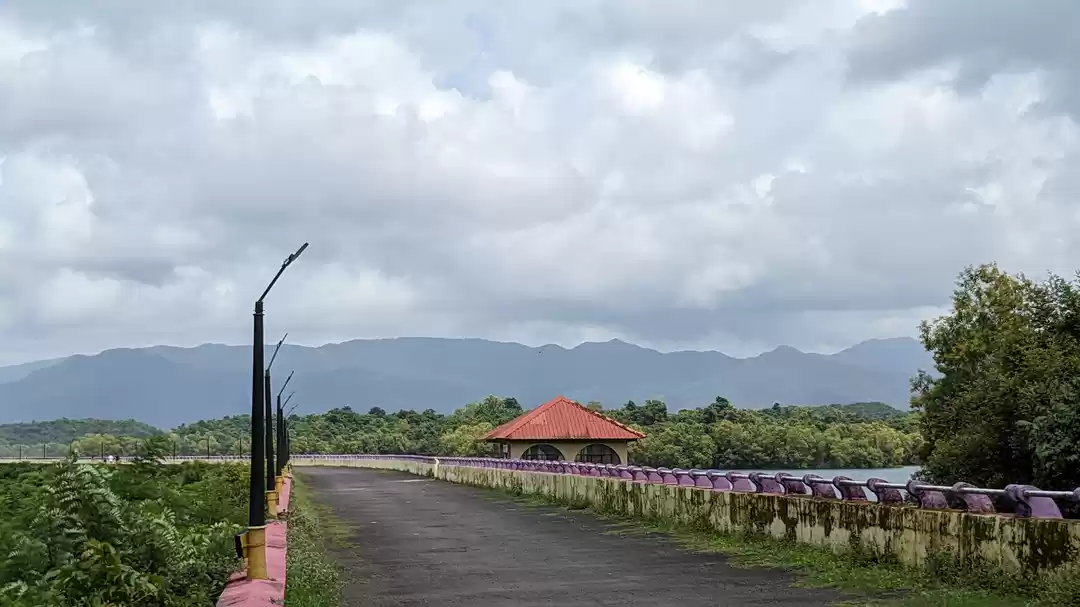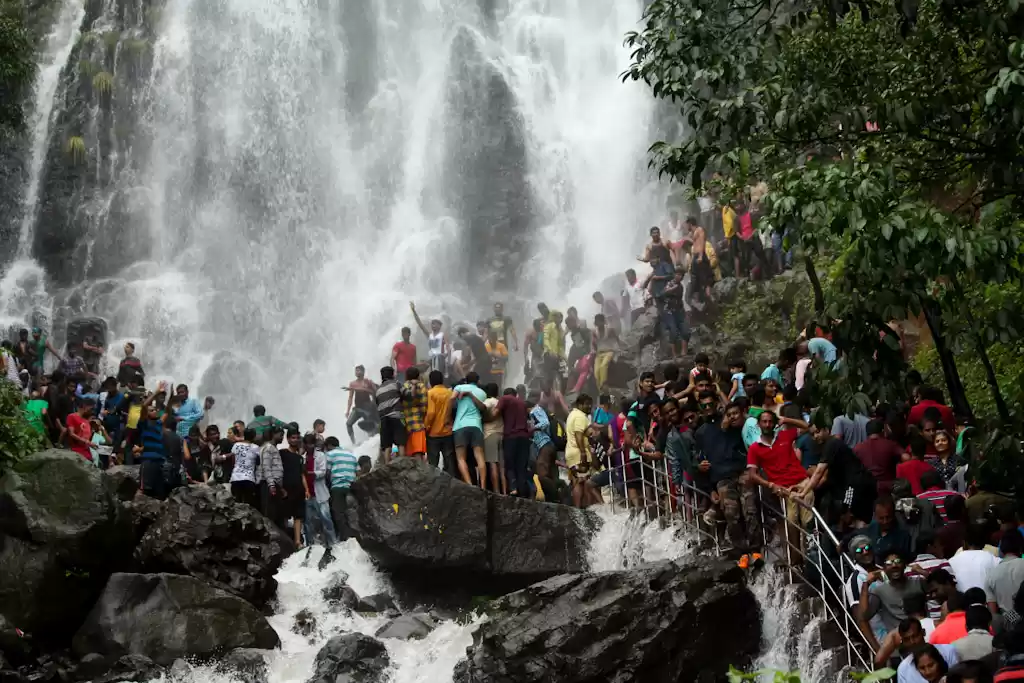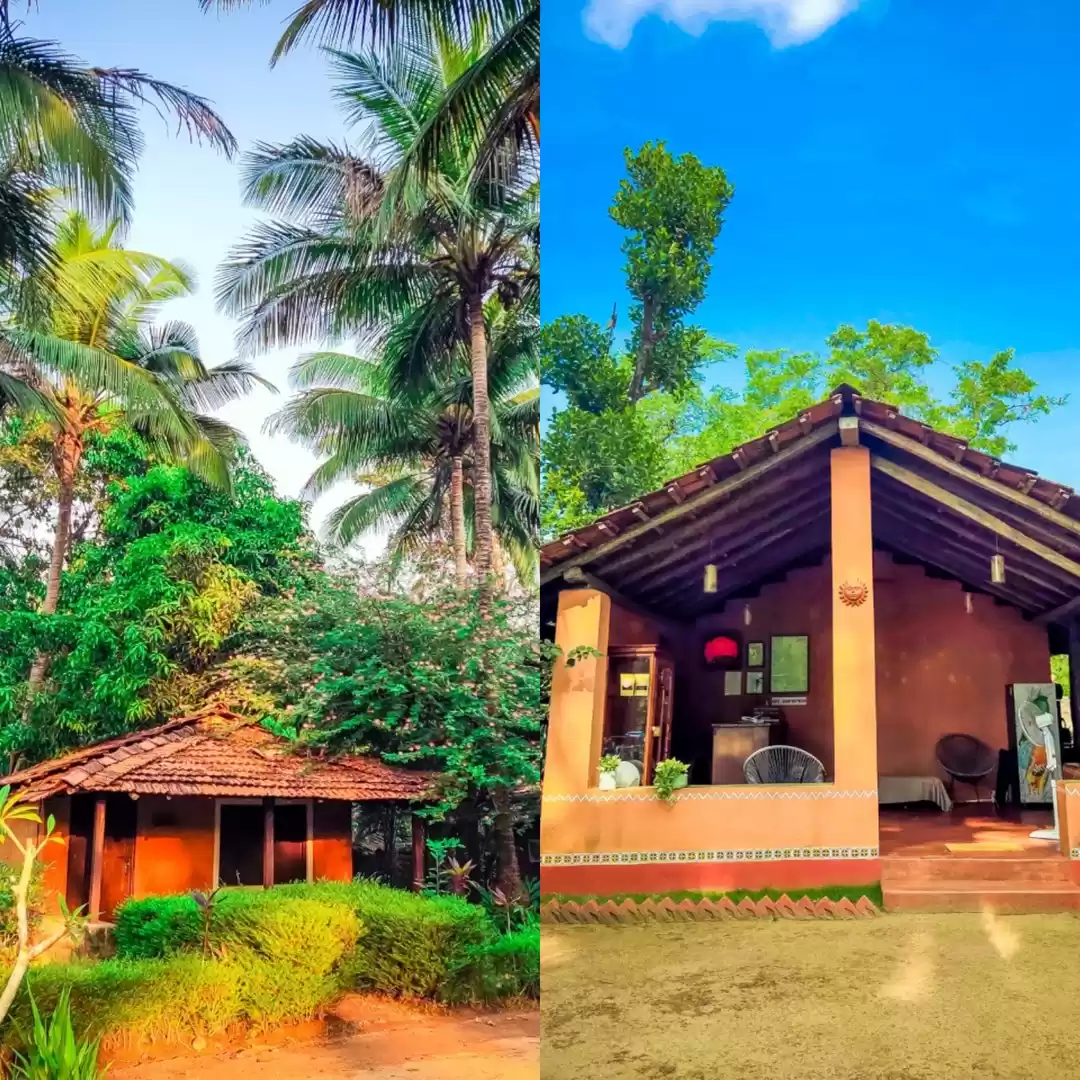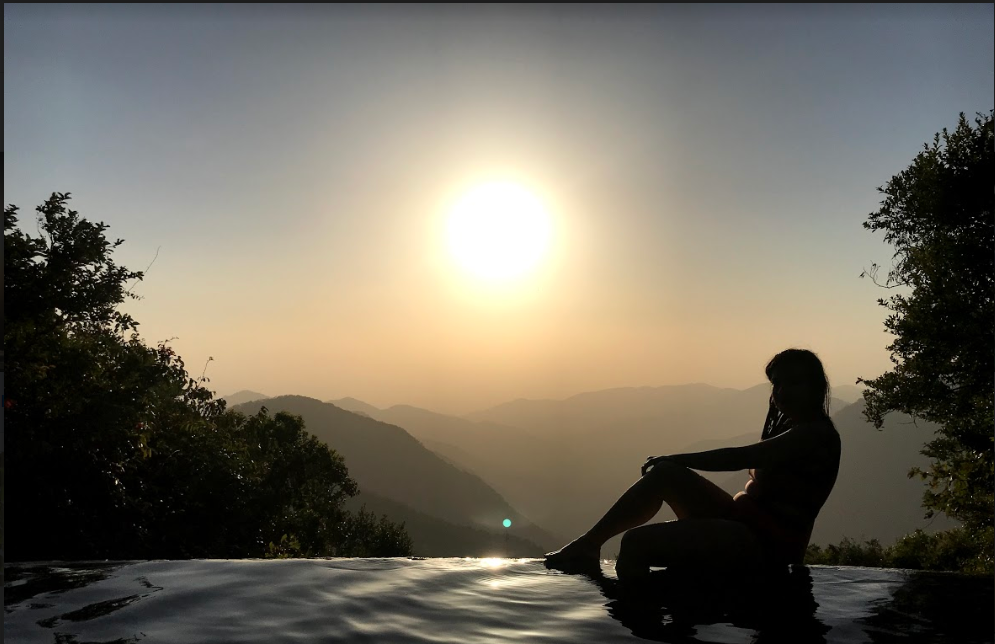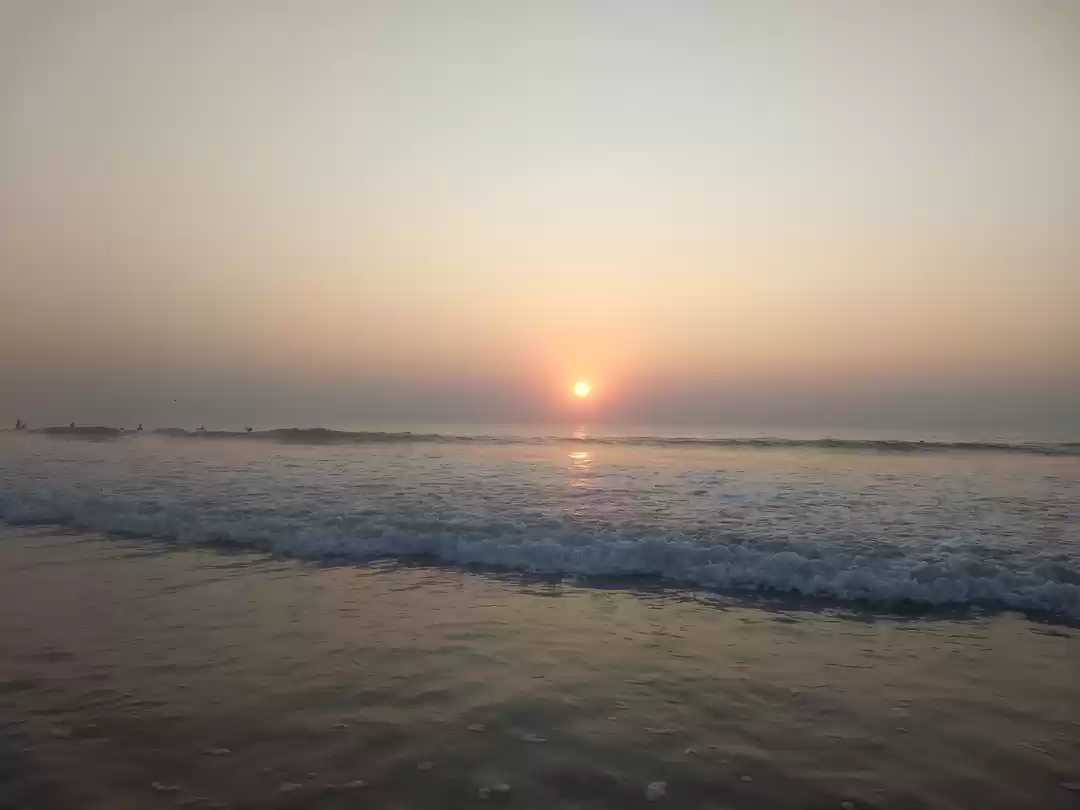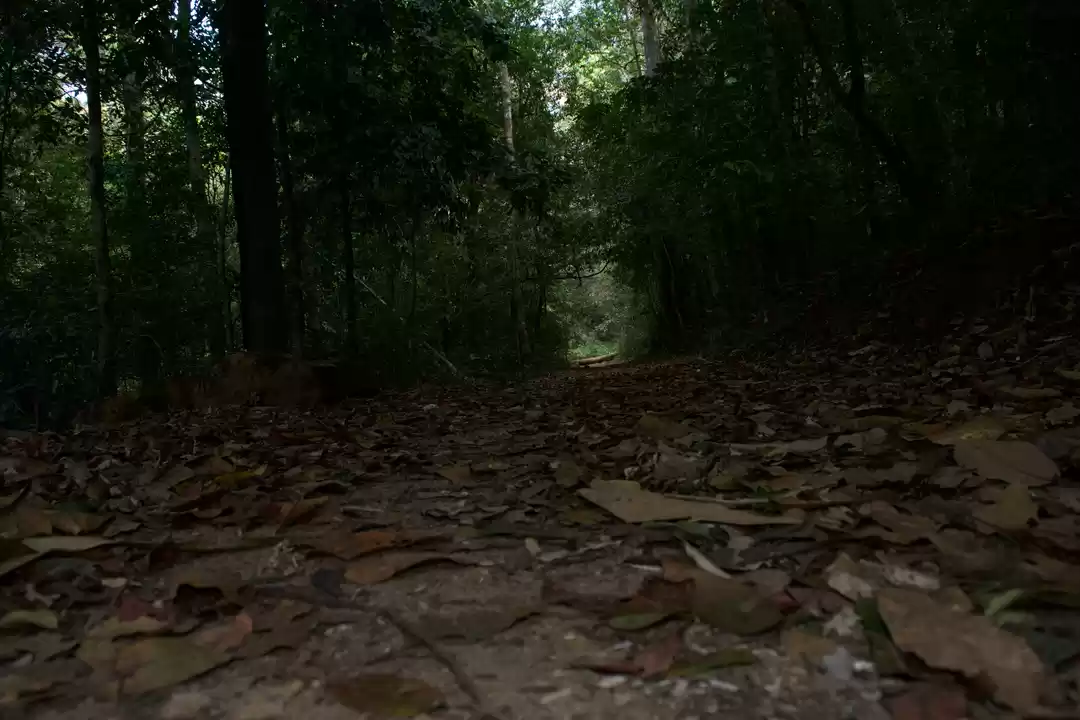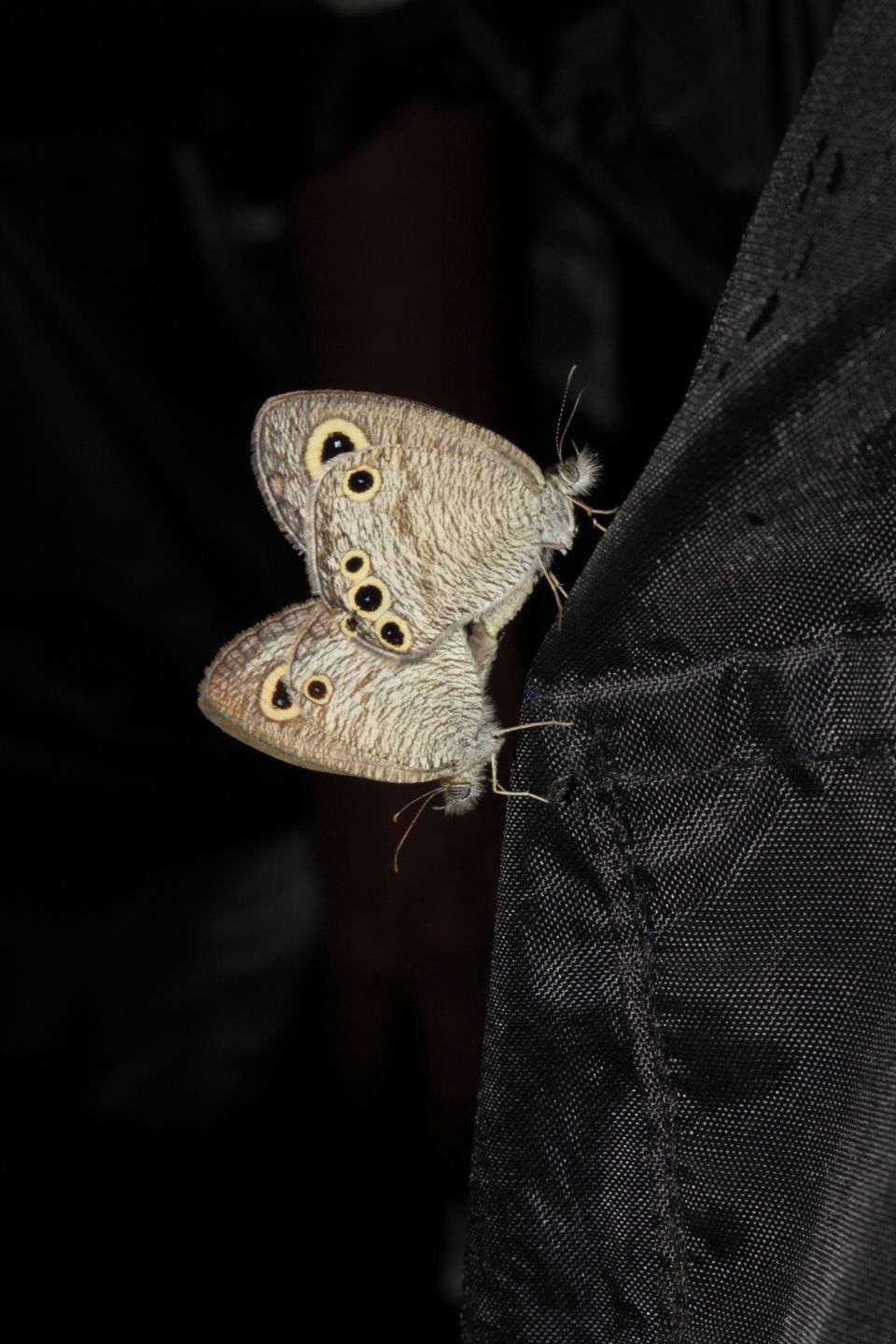
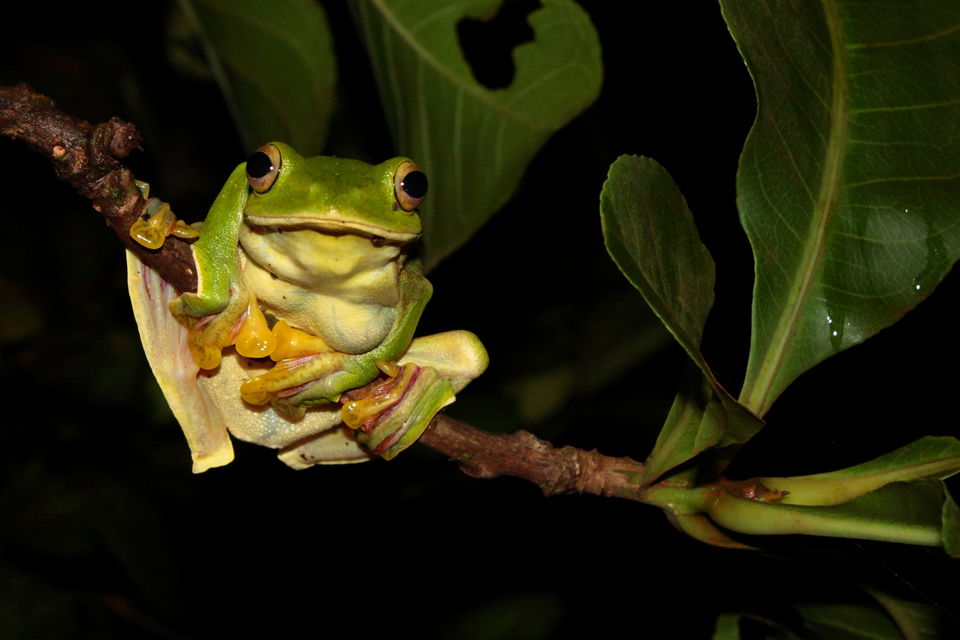
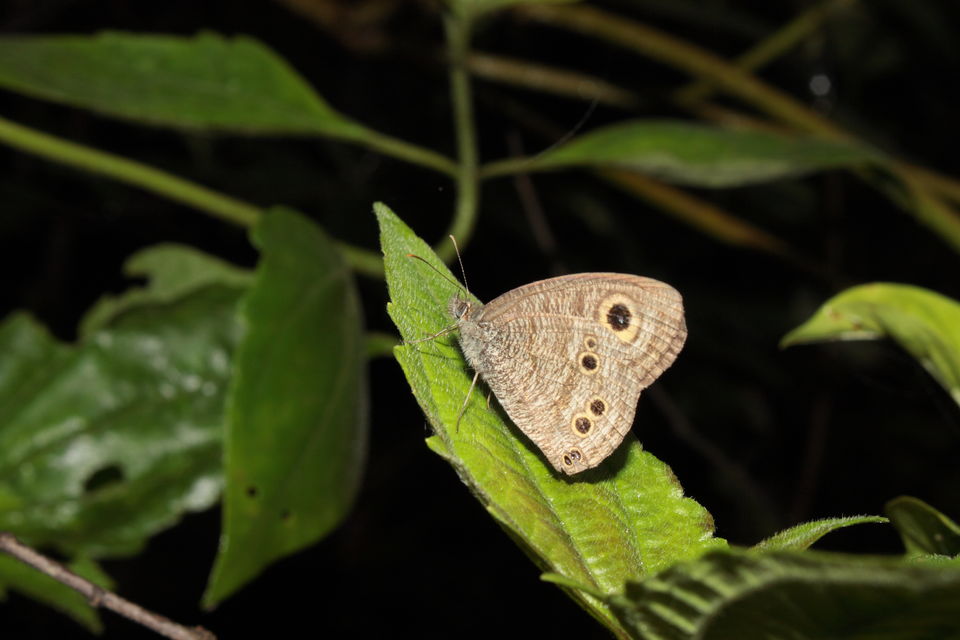
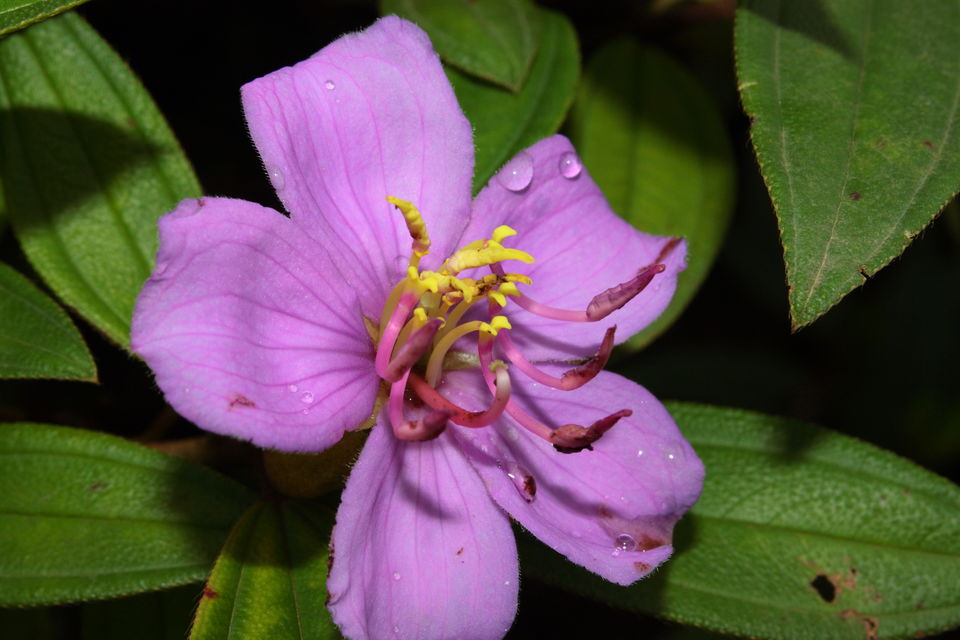
It had become a tradition; about three months before the holidays began. As the mailers and schedules of different camping groups made their way in my inbox; it was just a matter of ‘which looked best’! I am a mechanical engineering student and have always hated biology for what part of life it was with me. But studies and passion do not necessarily have to be merry with each other! It was the 11th year of my wildlife camping and this time I was very intent on learning new, rather than being the teacher. That leaves very less options to choose from. Madras Crocodile Bank Trust was the only that I had! Details sought and bookings done, I was excited with the apprehension of a rough week through the jungles of Goa!
Well yes, Goa! The same that is somewhat synonymous only to the beaches, beauties and wines! It may be only a question of knowing geography (actually everyone studies this bit) and using common sense to put two things together. Goa lies in the World Heritage – Western Ghats of India, a patch of undisturbed wet deciduous and evergreen forest. So the bounty of life here is exceptionally brimming and joyous.
I boarded the Devgiri Exp for an uneventful night journey to Mumbai from where I was to board the Hapa Madgaon Exp which would take me to Goa. Mumbai always has some happenings which keep you engaged for the time period that you are to waste between two trains. Somehow I did spend 10 hours roaming around in Mumbai before finally just sitting down at the Thane railway station when only 3 hours remained. Goa always has been a place where I enjoyed the waters and the food. Thinking about the new facet of Goa that I was about to discover, I realized that these emerald forests of Goa are never really put up in the travel destinations even on many well known websites. And that is the inspiration behind writing about my experiences hiking in the dense woods of Mollem. Hapa Madgaon Express takes one of the most beautiful train routes of the world – Kokan Railway is famous for the views that a passenger enjoys till the horizon! I actually spent my complete time of the day journey at the bogie doorway, sitting on a plastic bag which seconded for a mat. Not even the comforts of the AC coach could draw me back to my seat and back to the literature that I had to read before joining the workshop at Mollem. The serenity of early morning at Goa is absolutely punctured by the smell of fresh fish that is transported to various markets.
The Madgaon Station being one of the major hubs for its transport. After a quick coffee at a road side thela I was on my way to Panjim. The country side rickety bus ride draws you away from all the conventional scenes that one can see in Indian country. It is absolutely amazing to see a complete array of Portuguese and French influenced buildings, churches and ladies in frocks going about their own different chores, from buying fresh fish at about six in the morning from kokani fish mongers to chattering madly about everything.
To the extent that a lady on the bus told me not to carry a pen knife while travelling as it was a bad omen (I strongly object). She actually took the packet of chips I had opened with the knife and tasted it. I was quite shocked to respond, but thankfully the immediate next stop was mine and I left without the chips.
We assembled at the Heera Petrol Pump after breakfast where we were to meet the Madras Croc Bank instructors. Post introductions we left in SUV’s for Swapnagandha. A piece of private land ( only about 450 acres small ) acts like a corridor patch between two forests and also is the study area of Mhadei Research station.
Swapnagandha and Wildernest are the two resorts of Nirmal Kulkarni, the founder director and co-owner of Mhadei Research Station (MRS). The road to Swapnagandha from Panjim is just a teaser of the beautiful forests that are hidden amongst the mountains. It is a beautiful, rustic, eco-friendly resort. Almost everything is made up of wood, the rooms, dining area, interpretation and slideshow centre, office and reception area.
From the balcony of my room I had a view of four magnificent waterfalls and absolute dense green jungle. In the campsite there are numerous snakes and all other creatures which live in perfect harmony with the guests. We actually saw a Vine snake on a tree about 3 meters from my room. We had an orientation session first. Niramal Kulkarni explained about the ventures and activities of MRS. The lunch was a stunning one. An amalgamation of rustic Kokani cuisine with a hint of French cooking. Chicken, fish, mutton curies in coconut gravy, fried fish, rice bhkaries, local red rice and sol-kadhi. Who doesn’t have an appetite for such a delicious food after night long journey!
Our trails taught us a lot about the current scenarios (political) that hinder the conservation and also many technical aspects of wildlife research. MRS has a beautiful collection of data charts that give practically all details about the rich wild heritage of the region. The interns working there are very enthusiastic and open a treasure of knowledge both during the slide shows and on field. The first trail took us to the chief highland plateau where MRS is currently working on snakes and caecilians. A moderate trek for half hour takes you to this place from the MRS.
We were warned to carry dry bags and raincoats with us, to good reason also. Just upon reaching the top we were lashed with torrential rainfall which drenched us to the bone. We actually could feel the force the rain drops had as the battered down on all our gear and selves. After this ten minutes standstill and suffer affair the weather opened up to a beautiful sunny afternoon. Scourging the plateau we spotted an amazing collection of small animals. Bright coloured fresh water crab, a pied bellied shieldtail (snake), a caterpillar trying to save its eggs from ants, a scorpion and millipedes were the show stealers. Motherly love exsists even in the small creatures. MRS also runs the Pit Viper Expedition every year to study the behavioural and habitat patterns of pit vipers (snake). On coming back to MRS along with some hot tea we had a session on the use of various field record equipments used in wildlife research. it was mesmerising to see the dedication of the MRS team to fight all odds and work tirelessely towards conservation. They have successfully stopped mining in the region.
The night trail on the first day was also a rewarding experience. We saw two colour morphs of Malabar Pit Vipers, a Bronze Backed Tree snake, Dobson’s Burrowing Frog, dozens of Malabar Gliding Frogs, Prashad’s Gecko and my favourite a Cicada with its molt amongst many others. the serenity of the jungles here and the melody of thousands of insects, nightjars and the pure dark black night make you rethink your definition of peace.
The starry sky (if there is no overcast) gives you a feeling of truly being a small part of this giant universe. It is a sight to behold and remember for all the days that you spend in the busy and bright night life of cities. The night definitely gives you all the rest that you need without any disturbance from the other small world that we dwell in. This is such a remote and beautiful place which has no mobile connectivity. That means no emails from the office to throw deadlines and no calls to remind about the overdue and pending tasks. It is a bliss that only a fortunate few will experience. And I am one of those few.
The next day we went to the Chorla Falls. The biggest waterfall of the area and the one that was visible form my hotel room. The trek route begins from the Wildernest campsite and takes you through a mind-blowing mix of floral diversity. This is somewhat a difficult trek for and a long one too. We trespass the undisturbed realms of the natural kingdom and definitely mesmerized by the shear expanse and beauty of the waterfalls. The mist that drenches you and the sound of water falling from over a 150 ft make you rooted to the spot for time infinite. Accompanied by the drizzle that honored us with its presence the ambience was magical.
I am phobic of trekking since my childhood. I had a terrible time once climbing a hill near Aurangabad, and was hanging on a rock for long time before I was pulled up by the local there. So I was a little apprehensive about this trek, though I didn’t speak up my fears. But once we reached the waterfall all the efforts are more than justified. This is definitely a place I want to visit again.
After enjoying the hospitality of Swapnagandha’s for three days it was time to leave for Surla, on the northern side of the Bhagwan Mahavir National Park, Goa. But the ‘ciao’ was not before an extremely informative and inspirational session by Nirmal Kulkarni about the efforts that one staying in cities can take to conserve nature. As a token and souvenir I bought ‘The Goan Jungle Book’ by Nirmal Kulkarni which is a collection of his experiences dealing with some of the most beautiful and important animals of Goa. The next few days of the camp were going to take us just about 70 miles away form this emerald groove to a completely different habitat. To Canopy Goa’s NatureNest, Surla.
We were excited and waiting for more. Amid the serenity of undisturbed wet deciduous forest experience raw nature filled with wildlife right at the doorstep of your cottage. Spot the rare Malayan Night Heron to the endemic Srilankan Frogmouth, to the Hump Nosed and Saw Scaled Pit Vipers. From beautiful waterfalls to melodious chirping of birds, frogs and insects, to the beautiful fluttering of over 75 species of butterflies, for a nature lover this is the place to be. Join us for an unforgettable experience to a place host to about 40 species of mammals, 200 species of birds, 150 species of amphibians, 20 species of snakes and more than 1000 species of insects and other small creatures.
This is what a camping group describes the place. We travelled for two hours by road and reached here by lunch time. Again the lunch was as sumptuous and diverse and delicious as the one in Swapnagandha. The campsite is built about 100 meters from the national park outer boundary and is actually a part of a palm tree plantation. On the first evening we trekked to the small tableland just in front of the campsite. It is a beautiful place brimming with wildlife. We saw about 20 pompadour green pigeons and a variety of insects and frogs. The rocks there provide a day time shelter to some snakes and we did find a Saw Scaled Viper under one. This is one of the most feared species of vipers along with the Hump Nosed Pit Viper (which we found on our campsite itself). The Saw Scaled Viper gets its name from the pattern of scales on its body. Post dinner we went for a night trail. There was a slight drizzle and hence an awesome time to see amphibians. Truly we were rewarded. We saw the amazing Ornate Narrow Mouth Frog, which is the size of a thumb.
Yet it makes a raucous load noise which can be heard about 100 meters away. We also saw the Amboli Bush frog, Indian Bull frog, Common Indian toad, and the Skittering frog to name a few. The trail ended at a place deep inside the forests. Our guide Omkar asked us all to switch off the torches and what followed next was exotic. The whole jungle around us was glowing in a green tinge, a effect due to the bioluminescent fungus. A completely alien out of a sci-fi movie experience. If not for anything else one should only visit this place to have the joy of seeing this. The night trail had not ended with that. Still in store for us were a cricket laying eggs, a wooly bear caterpillar, Brook’s gecko and lot many more frogs and toads. That night I couldn’t sleep. The pictures from the trail kept playing in my head as I tried to digest all the beautiful sights I had seen. This night was a long and memorable one.
The next day we went to the Tambdi Surla temple and then to the trail behind the same. This 12th cent rock cut monument is preserved in the best way by the Archaeological Survey of India and has a beautiful location too. On the banks of a river and in the backdrop rise green mountains and if this was not enough, it is surrounded by a beautiful garden. This temple is a tribute to Lord Shiva and is also a starting point of a trail. The trail takes you deep within the jungle.
About half a mile into the trail we had to cross a very shallow stream. Our shoes had just dried after the rains on the first day. Many of us actually took efforts to remove them and wear them again on the opposite bank. I was absolutely not bothered to take any such extra efforts. This is such a pristine part of the woods that the walkways are a shade mode clearer than the brush itself. It was fun find our way through the bamboo thickets, across the vines and above the muddy pot holes. We were awarded with amazing insect life and diverse bird life. We also saw a baby Hump Nosed Pit Viper, right in our way. The golden coloured caterpillar of Malabar Raven (butterfly) and the brown morph of Malabar Pit Viper were also in the highlights. The trail ends at a waterfall. We had packed dry snacks at the place and also spent a joyful time while our guide Ramesh told us about a thousand new things about the forests, including his experience and understanding of the same. We were the enthralled audience and sat mesmerized until the rains brought us back to our senses. We hurried back through the same path that we had trod. Except that this time no one bothered to keep their footwear dry while crossing a waist deep river about five times. I recall Garima saying, “Oh where is our boat!”
The next trail was to the Satpal Plateau. This is a massive table land of lateritic rock, the most picturesque amongst all the places we had visited. It is perimetered by dense jungle and right in the middle of it a steam originates. It is a visual feast for urban visitors, even more hauntingly beautiful in the morning mist. The landscape is not the only thing that draws your attention but also the thousands of birds, butterflies and insects that we see here. The most amazing being the Lantern Bugs, the Pill Millipede (we also saw an albino Pill Millipede), Ceylon Cat Snake and the Travencore Wolf Snake. This plateau is about 2 miles walk from the resort. There is also an old church some distance away from this plateau. With this trail we had almost come to an end of our stay in Mollem. But Goa amazes you at every turn with display of superb natural marvels. Post lunch we went for our last trail – the Sunset point trail.
This is a trail that starts from the main entrance of the Bhagwan Mahavir NP. A pretty simple accent takes you to the heart of the forest. This is the biggest trail with a one way distance of about 4 miles. This trail is also the most pristine one. There is not a single piece of plastic / paper to be seen lying on the forest floor throughout the trail, our guide Omkar proudly pointed out. This is one place that is brimming with life. As soon as the trail began we saw a complete black coloured frog which we couldn’t ID using any of the field guides we were carrying. Further ahead a mating pair of Common Four Rings staged the show for sometime.
This was followed by an amalgamation of about 10 species of frogs and toads (we saw the bright yellow breeding plumage of the Indian Bull frog), Vine snakes, about 5 Hump Nosed Pit Vipers, many cute little caterpillars and insects, and countless butterflies. It took us the better part of 3 hours to reach the top. Utterly exhausted we were full of beautiful sights and felt that we had seen a good part of the wildlife there. Had no great expectations on the way back. But Goa proved us all wrong. To start with, it was pretty dark when we started our decent. The forest had come alive with Fireflies and Glowworms. There was a beautiful starry sky but the moon was absent. At many a places we all would switch off our torches and stand in peace both to rest and to experience the beauty of the night.
We had neared the exit of the park. All our torches were glues to the floor for the simple reason that there were many Pit Vipers on the trail. We had already seen 5 of them. Omkar and I were walking about 10 steps ahead of the rest of the group. At that point I had already exhausted my questions to him and there was silence except for the noise of the Cicadas. Why my instinct told me to flash the torch at a higher level about ourselves, I don’t know/recall. But when I turned it to the left, I get Goosebumps with the memory even today. I simply shouted, “Dada watch!” There was a herd of 5 Indian Gaur about 15 meters from where we were standing. In 10 years of forest trail I know that this antelope is capable of overturning a Jeep, what were we in front of it? This was the single most terrifying experience that I get nightmares about.
Back at the campsite we were in an enthusiastic mood. There was some light music and beautiful ambience at the dinner table. We were soon exchanging our email addresses and asking each other to share their clicks. It was a long night. We were chatting about this and that. The dawn got us all with packed bags to the Madgaon railhead. This was the most amazing place I had been to after Binsar, Uttarakhand.
I was not done though. The cherry on the cake was the huge expanse of Dudhsagar waterfalls that I saw from my train to Pune. And a train bogie that had been over turned and slipped from the rail routes decades ago all rusted, where the vines and shrubs had accommodated themselves in the compartments. Adaptability is the key to survival and this was a living example of it. This tour had taught me a lot. I started seeing the urge to live right from the Signature Spider to the Gray Pansy that had just been caught in its web. I started respecting life. As the train speeded through taking me back to the urban life, I was lost in the memories of the past week; silently making a promise to myself. The promise of coming back to this paradise soon!
- SUSHRUT KARMARKAR The author is a Mechanical Engg student; An amateur photographer and a nerd in love with nature and wildlife. He is associated with MidEarth as a wildlife expert. All the pictures in this article are clicked by Sushrut Karmarkar.

